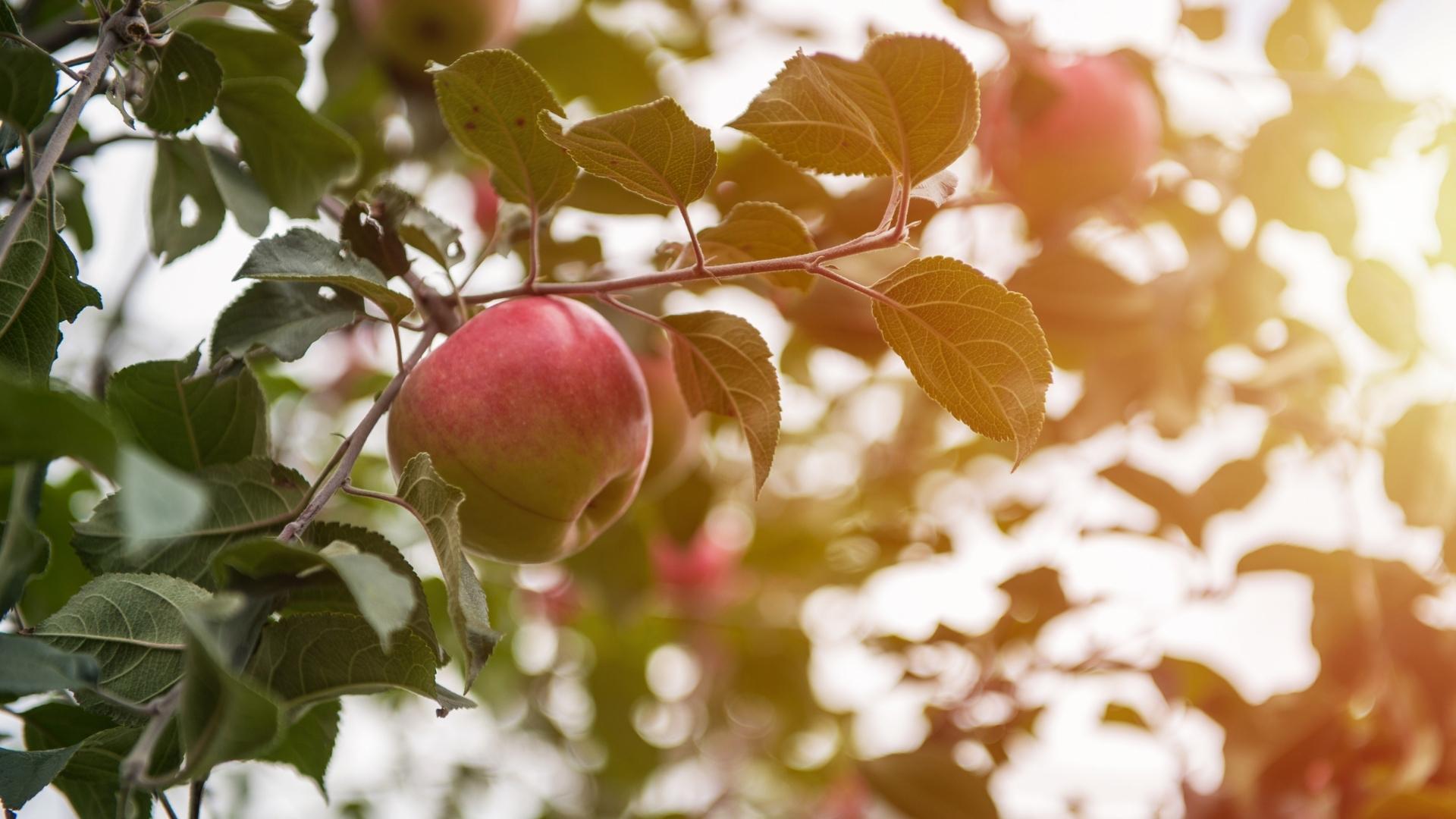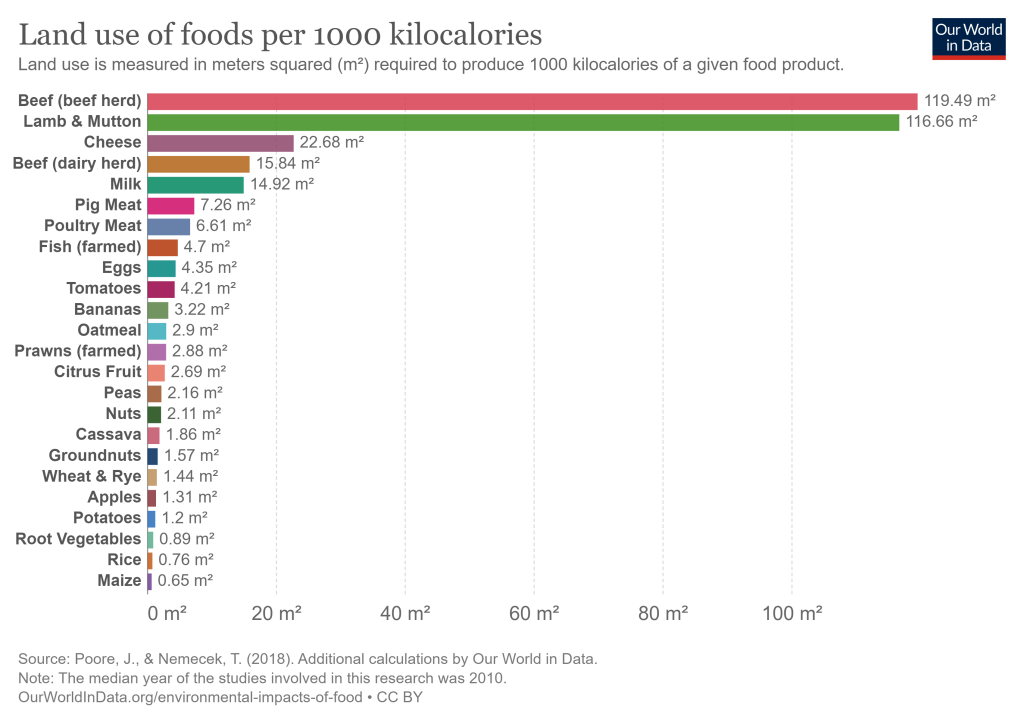The Jewish law of bal tashchit, do not destroy, comes from a Torah passage forbidding the destruction of fruit trees in wartime. In Deuteronomy 20:19-20, we are instructed that, even when besieging a city, “you must not destroy its trees… Only trees that you know do not yield food may be destroyed.”
In the Talmud, this passage is interpreted as a general law against wastefulness. Later, with the rise of environmental consciousness, it came to be seen as a wider principle of human responsibility for the environment. But in fact, the law as originally written relates to a specific concept: what scientists today call “opportunity food loss.”
Opportunity food loss refers to the food that could be produced on a given area of land (or by a given tree) but is not being produced there. Take the Torah’s example: If you cut down a fruit tree, it can no longer produce fruit. So all of the fruit that the tree would have produced is now lost.
A single apple tree generally produces about 150 apples per year (though some can produce over 800!). If you cut down that tree in its first year of producing fruit, knowing that apple trees generally fruit for about 30 years, that’s 29 years of apples lost—4,350 apples.
That’s one apple tree. Imagine hundreds, or millions. And what happens when we apply this concept to land use?
This graph shows how much land is needed to provide 1000 kilocalories of a given food product:
So in order to produce 1,000 kilocalories of beef, you need 119.49 square meters of land—about the size of an average two-bedroom house. Comparatively, an equal caloric amount of the most land-intensive plant product to grow—tomatoes—would take up less than the size of a closet at 4.2 square meters. To produce that 1,000 calories of beef, then, using up all the land that could grow tomatoes, would be a 96.5% opportunity food loss.
And there’s only so much land to use! In fact, half the habitable land on Earth is already used for agriculture, and that number just keeps on growing. That means we’re burning down the Amazon, eradicating biodiversity, disrupting delicate ecosystems, and destroying an essential source of carbon absorption, trees—all for an egregiously ineffective industry that wastes far, far more food than it produces.
Just as the Torah warned us not to.
And, of course, this has major implications for issues of food justice. If we’re only producing 3.5% of the food we could be, whom are we impacting the most? Unsurprisingly, it’s almost always those who are already in precarious situations around food access and hunger. If we were to switch to fully plant-based diets, we could reduce global farmland use by 75% and still feed the world.
Our ancestral wisdom has so much to teach us on how to care for and honor our Earth. We have long known that how we grow, process, and consume food has direct and definite impact on the balance—and the longevity—of our global ecosystems. When we make conscious and intentional choices around our food systems, we can be a critical part of the process of reclaiming our Jewish awareness of, and respect for, the Earth and its well-being—and that of everyone on it.

